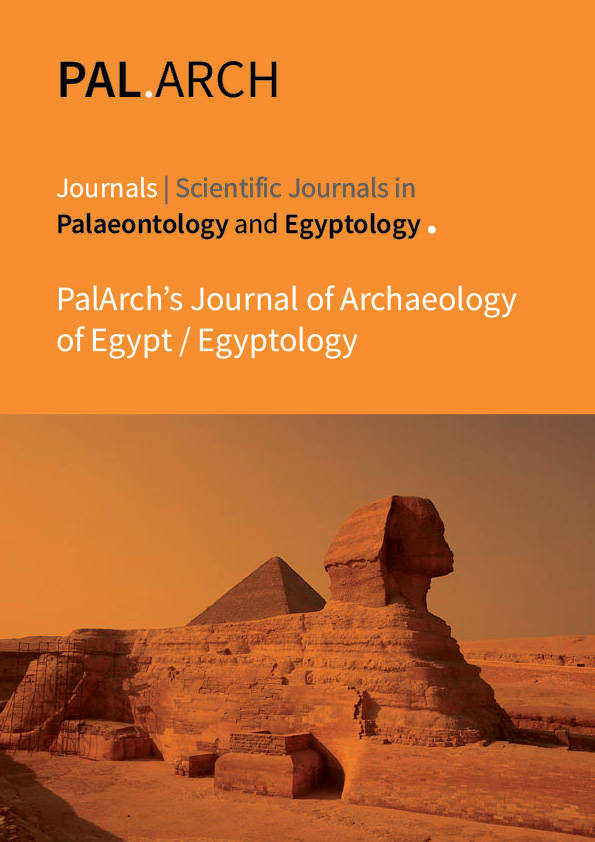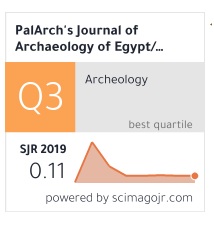ASYMMETRIC IMPACT OF FOREIGN INVESTMENT, ECONOMIC GROWTH, ENERGY CONSUMPTION ON ENVIRONMENTAL QUALITY IN PAKISTAN: APPLYING NOVEL NARDL APPROACH
Abstract
In the last three decades, environmental policymakers and environmental economists are trying to check the interconnection between economic growth, foreign investment with environmental quality, and still this matter on the world hot roundtable debate. This paper aims to analyze the asymmetric impact of foreign investment, economic growth, energy consumption on Pakistan's economy. This study used a time series dataset period from 1990 end 2020 by employing a novel approach nonlinear autoregressive distribution (NARDL) approach. The result of the NARDL approach documented that energy, GDP square have a positive impact on carbon emission in both short and long-run period, while GDP per capita and natural resource rents has negative effects on environment pollution (CO2 Emission). In this study, we test two environmental theories such as environmental Kuznets curve and pollution heaven hypothesis validation. The statistical result shows the validation of the pollution haven hypothesis and indicates invalid environmental quality in the Pakistan economy.



